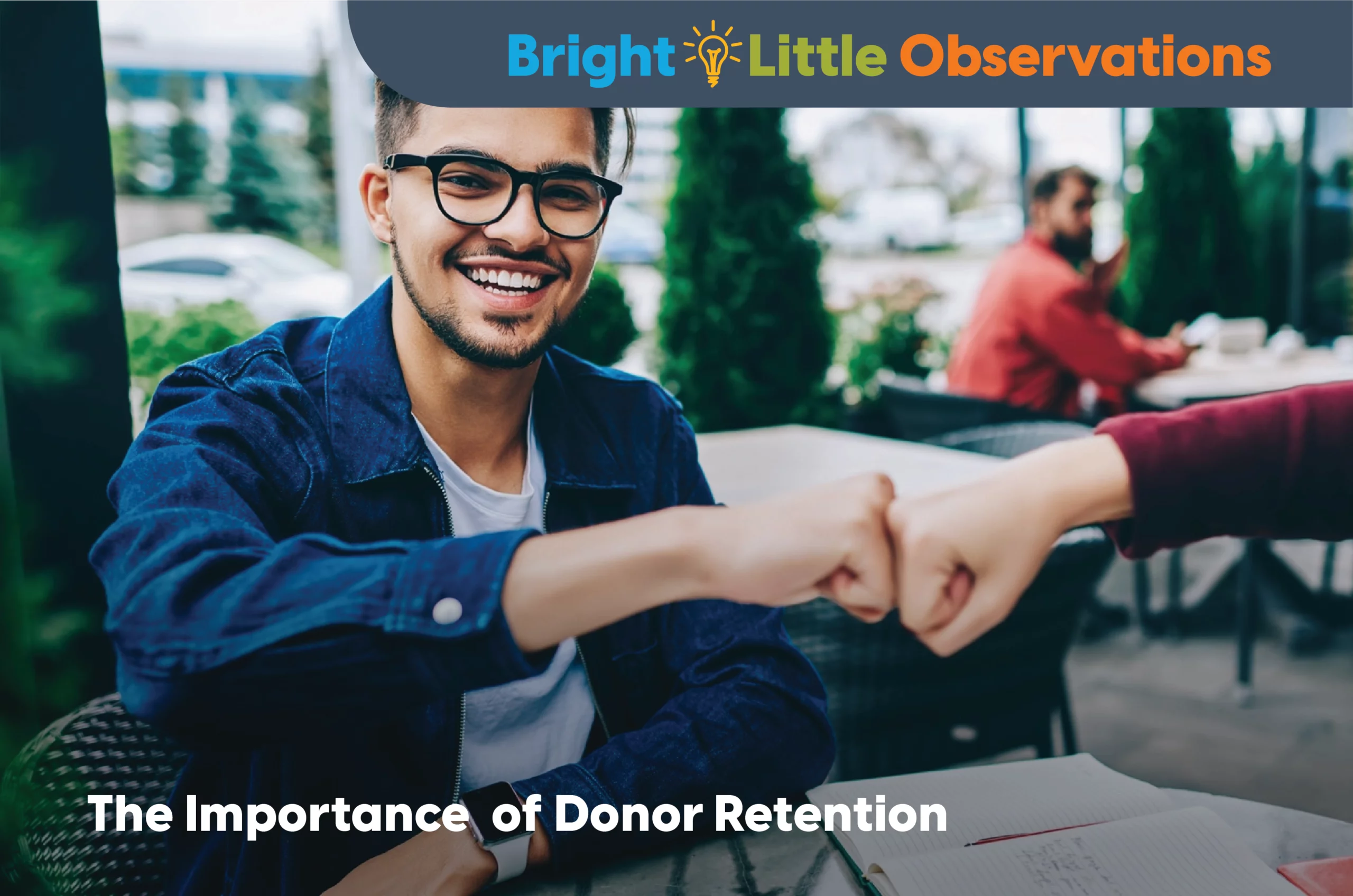


So, you’ve successfully acquired a new donor. Now the question you may be asking yourself is, “How do I retain them?”
Don’t rush into things too fast and get ahead of yourself. First, let’s examine donor retention — defined as how many donors continue to donate to an organization year-after-year after their initial gift — and why it’s so important.
Here are a few key points you should always keep in mind as a fundraiser …
Higher retention rates lead to better, more efficient use of your time and resources.
Chances are that your organization spent a lot of time, energy and money acquiring your new donors. If you don’t retain them, those efforts are not just wasting your return on investment, but also your return on energy. Donor retention ensures that all of your hard work upfront was worthwhile and pays off for years to come. (Especially when you consider that it costs roughly five times more money to replace a valued donor than to simply retain one.) On that note …
It’s more cost-effective than acquisition.
The fact of the matter is that donor retention has a tremendous influence on your organization’s bottom line. It’s an investment to acquire and cultivate new donors. Your retained donors are much more likely to upgrade their giving levels over time, so the longer you keep them, the more opportunity they have to grow in knowledge and financial support of your programs and services. Maintaining a healthy donor retention rate will not only boost your fundraising results, but also keep your bottom line well above water.
Retained donors become loyal supporters who are better prospects for legacy gifts, volunteerism and more.
By giving an initial gift, your new donors have demonstrated that they believe in the work you do to some degree. Your mission resonated with them, and they decided to donate to help your organization. Suppose you can successfully build upon and cultivate that relationship. In that case, you’ll soon have a loyal supporter who will be more likely to spread the news and advocate for your organization to their personal network, sign up to volunteer and hopefully even include your organization in their planned giving arrangements. Thus, their lifetime value (LTV) will likely increase, improving the overall health and stability of your fundraising efforts.
Lifetime value is defined as a prediction of how much money you can expect to receive from a donor during the lifetime of their giving to your organization.
At the end of the day, donor retention is essential to fundraising success — and it all starts with proactive stewardship and meaningful cultivation through a strong, ongoing commitment to relationship-building.